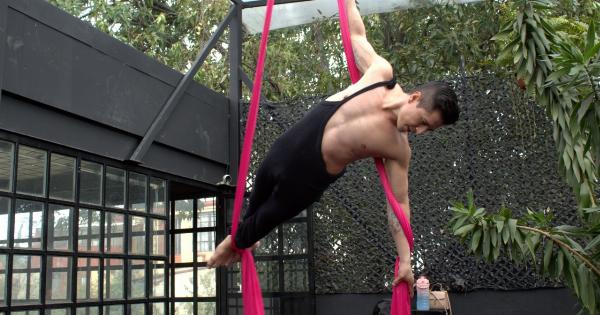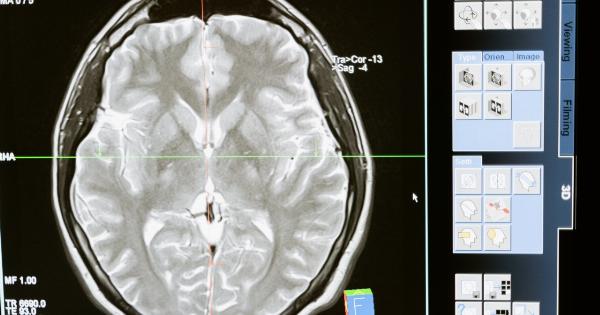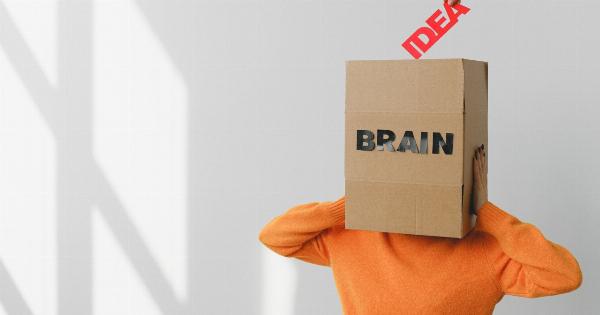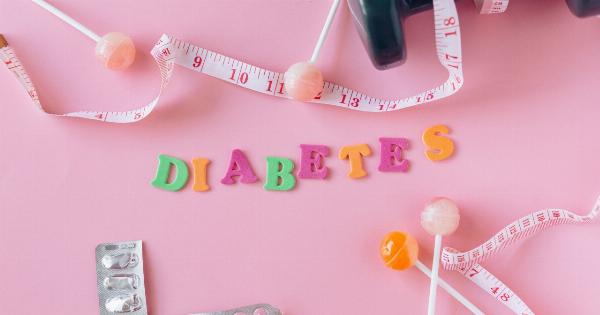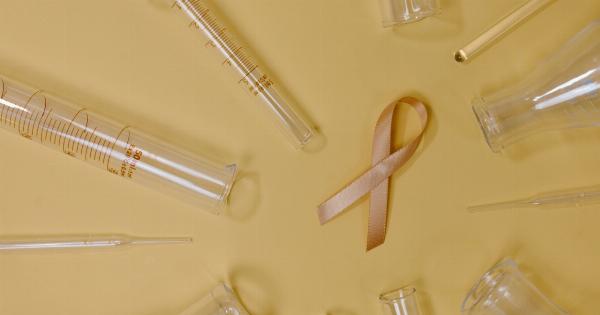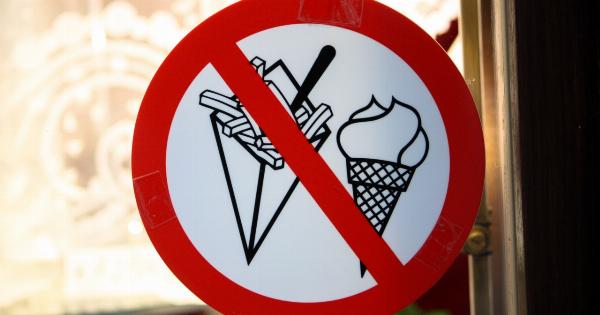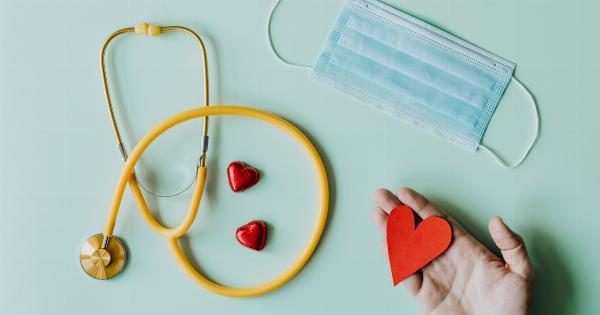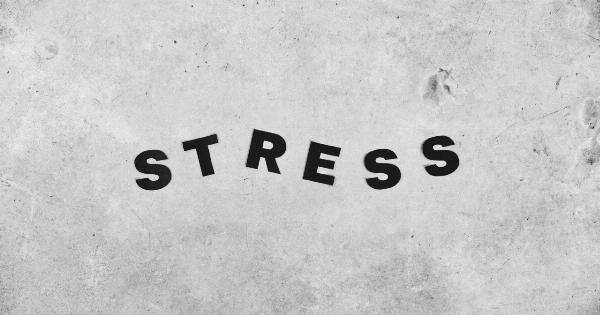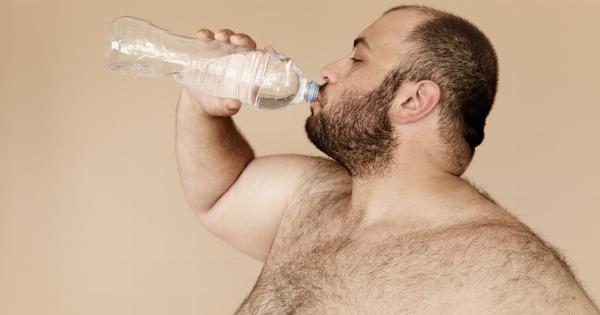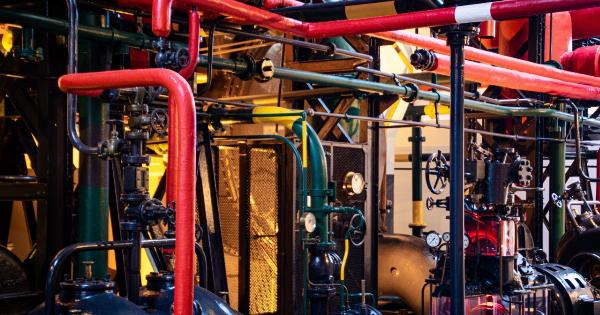The heart is an incredible organ that plays a vital role in the circulatory system of the body.
Often referred to as the “master” of blood circulation, the heart is responsible for pumping oxygenated blood to tissues and organs and returning deoxygenated blood back to the lungs. This continuous circulation ensures that the body receives the necessary nutrients and oxygen while also removing waste products.
The Anatomy of the Heart
The heart is approximately the size of a fist and is located in the chest cavity, slightly tilted towards the left side of the body. Protected by the ribcage, this muscular organ is enclosed in a double-layered sac called the pericardium.
The heart is composed of four chambers: two atria (left and right) and two ventricles (left and right). The atria receive blood while the ventricles pump blood out of the heart.
Pathway of Blood
The heart is divided into two sides: the left side and the right side. The right side of the heart deals with deoxygenated blood while the left side handles oxygenated blood.
The circulatory system can be divided into two main circuits: the pulmonary circuit and the systemic circuit.
The Pulmonary Circuit
The pulmonary circuit starts with the right atrium receiving deoxygenated blood from the body through the superior and inferior vena cava. The blood then flows into the right ventricle and is pumped to the lungs through the pulmonary artery.
In the lungs, carbon dioxide is expelled, and oxygen is absorbed, turning the blood into an oxygen-rich state. The oxygenated blood then returns to the heart through the pulmonary veins and enters the left atrium.
The Systemic Circuit
The oxygenated blood in the left atrium passes through the mitral valve into the left ventricle. From there, it is pushed out of the heart through the aortic valve and enters the aorta, the largest artery in the body.
The oxygenated blood is then distributed to all parts of the body through a complex network of blood vessels, called arteries. As the oxygen is utilized by tissues and organs, the blood turns deoxygenated and returns to the heart through veins to start the process all over again.
The Role of the Heart Muscles
The heart muscles, also known as myocardium, are responsible for the contraction and relaxation that propels blood throughout the body. The contraction of the heart muscles is orchestrated by electrical signals that initiate each heartbeat.
The sinoatrial (SA) node, located in the right atrium, acts as the natural pacemaker of the heart, sending electrical impulses that cause both atria to contract at the same time. This contraction pushes blood into the ventricles.
The Heart’s Electrical Conduction System
After the atria contract, the electrical signal reaches the atrioventricular (AV) node, located between the atria and ventricles. The AV node briefly delays the signal, allowing the ventricles to fill completely before contracting.
From the AV node, the electrical impulse travels through a specialized network of fibers called the bundle of His, which divides into the left and right bundle branches. These branches spread throughout the ventricles, stimulating their contraction and forcing blood out of the heart.
Heart-related Health Conditions
Given the crucial role of the heart in maintaining overall body functions, any abnormalities or disorders can have a significant impact on health. Some common heart-related health conditions include:.
1. Coronary Artery Disease (CAD)
CAD occurs when the coronary arteries, which supply oxygen and nutrients to the heart muscle, become narrowed or blocked due to the buildup of plaque.
This restricts blood flow to the heart, leading to chest pain (angina), heart attacks, or heart failure.
2. Congestive Heart Failure (CHF)
CHF happens when the heart is unable to pump enough blood to meet the body’s needs. Fluid may accumulate in various parts of the body, causing symptoms such as fatigue, shortness of breath, and swelling in the legs and ankles.
3. Arrhythmias
Arrhythmias are abnormalities in the heart’s rhythm, characterized by the heart beating too fast, too slow, or irregularly. This can disrupt normal blood flow and may cause symptoms like palpitations, dizziness, or fainting.
4. Heart Valve Disorders
Heart valve disorders involve abnormal functioning or damage to the valves of the heart, which disrupts blood flow. This can lead to conditions such as valve stenosis (narrowing) or valve regurgitation (leaking).
5. Hypertension
Hypertension, or high blood pressure, occurs when the force of blood against arterial walls is consistently too high. Over time, this can damage blood vessels and organs, including the heart.
Maintaining Heart Health
Maintaining a healthy heart is crucial for overall well-being. Adopting a heart-healthy lifestyle can significantly reduce the risk of heart-related conditions. Here are some key factors in maintaining heart health:.
1. Regular Exercise
Engaging in regular physical activity, such as brisk walking, jogging, swimming, or cycling, helps keep the heart muscles strong and improves blood circulation. Aim for at least 150 minutes of moderate-intensity exercise each week.
2. Balanced Diet
Aim for a diet rich in fruits, vegetables, whole grains, lean proteins, and healthy fats. Reduce the intake of processed foods, sugary snacks, and excessive sodium. Incorporate heart-healthy foods like salmon, nuts, avocados, and olive oil.
3. Don’t Smoke
Smoking is a significant risk factor for heart disease as it damages blood vessels and reduces oxygen supply to the heart. Quitting smoking has immediate and long-term benefits to cardiovascular health.
4. Manage Stress
Chronic stress can contribute to heart disease. Practice stress management techniques such as meditation, deep breathing exercises, or engaging in hobbies to reduce stress levels and promote heart health.
5. Regular Check-ups
Regular visits to your healthcare provider help monitor your heart health. Routine medical check-ups allow for early detection and management of any potential risk factors or heart-related conditions.

